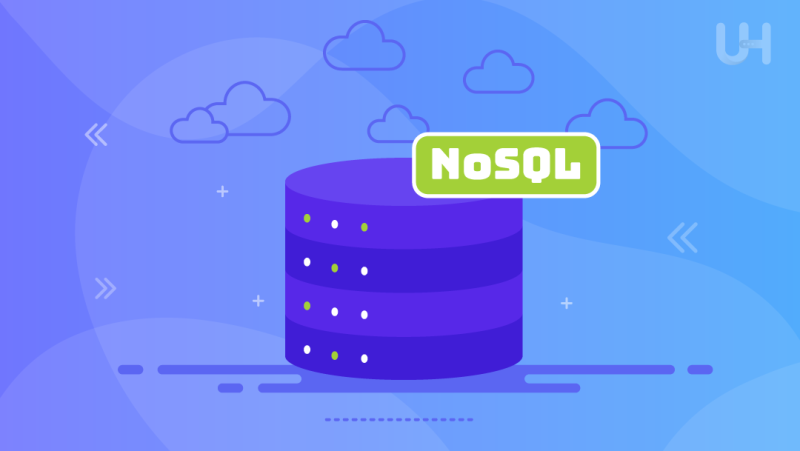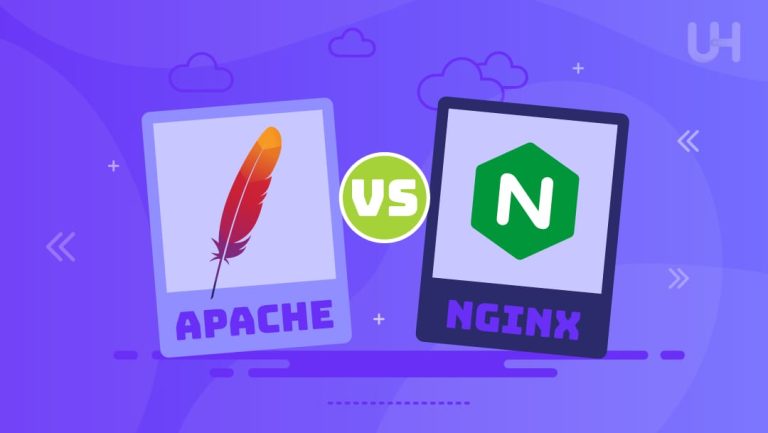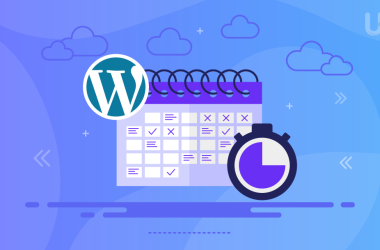Prior to the use of NoSQL databases, data has been organized and queried using the conventional relational model that depends on structured tables along with pre-defined schemas. This way of handling data has proved to be efficient for many types of applications, particularly those where the data is stable and foreseeable.
Nonetheless, due to the dramatic rise in volume as well as speed and type diversity (known as big data), there are fresh difficulties that have come up recently. Relational databases, as they are typically known, have difficulties handling this huge quantity of unstructured and semi-structured data in an efficient manner. They also struggle to scale horizontally for real-time processing and high user concurrency. This is where NoSQL databases step in to provide a solution.
What is a NoSQL Database?
If you are wondering what is NoSQL database then “NoSQL” means “Not Only SQL.” It is the more general term that describes a set of databases engineered to overcome limitations perceived in traditional relational databases in handling huge datasets. The primary difference between these NoSQL databases and their relational database counterparts lies in their schemaless nature, which allows a dynamic way of storing and retrieving data.
Types of NoSQL Databases

NoSQL database has 4 basic categories, all optimized to work in certain use-case scenarios and data management requirements:
Document-Oriented Databases
Document databases are an advanced form of NoSQL database system that allows the retrieval of information and data stored in documents, mostly in JSON or XML formats. Data stored within each document can have nested structures, thus allowing it to actually represent even the most complex kind of data. Examples of these include MongoDB, Couchbase, and CouchDB.
Key-Value Stores
Key-value stores provide the simplest form of NoSQL database in that data is stored in a key-value form. Such databases perform very well and scale exceptionally. Hence, they are usable for caching, session management, and real-time analytics. Key-value stores are normally implemented by Redis, Amazon DynamoDB, and Riak.
Column-Family Stores (Wide Column Stores)
Column-family-based stores store data with rows and columns, hence effectively implementing huge data sets’ storage and retrieval system. Since each column family can have multiple rows with different columns, the modeling is flexible. The common examples of column-family-based stores are Cassandra, HBase, Apache, and Nginx.
Graph Databases
Graph databases are intended to model and query relationships between entities in data. These databases support the processing of activities that are primarily concerned with the collection and analysis of highly relational data. Data is modeled using nodes as entities and edges as relationships for the support of graph-based queries in complex graph databases. Examples include Neo4j, Amazon Neptune, and JanusGraph, among others.
Every kind of NoSQL database has its very own benefits and is used for very particular use cases. Hence, understanding the features of each uniqueness will help an organization pick the right NoSQL database to meet specific requirements.
Boost Your NoSQL Database with Our VPS Hosting!
Ready to harness the power of NoSQL databases for your applications? With a focus on performance, reliability, and scalability, UltaHost’s VPS hosting solutions have dedicated resources and flexible configurations that allow the optimization of NoSQL databases such as MongoDB, Redis, and Cassandra for peak working performance.
Examples of NoSQL Databases
NoSQL database examples are now widely used by numerous industries and different applications due to their excellent flexibility, scalability, and high performance. Practical implementations of NoSQL databases include:
MongoDB
As one of the most widely used document-oriented NoSQL databases, MongoDB is famous primarily for its design flexibility and scalability. Widely common web-based applications, CMSs, and real-time analytics systems use it frequently. Companies such as Adobe, eBay, LinkedIn, and others have to deal with very large volumes of data.
Redis
Redis is a high-performance, in-memory key-value store primarily used for caching, session management, and real-time analytics. Due to its fast read-and-write operations, it suits applications requiring access to low-latency data well. Some large and popular companies—Twitter, GitHub, and Pinterest, among them—depend on Redis to power their real-time services.
Apache Cassandra
Apache Cassandra is a distributed column-family database that holds a reputation for being linearly scalable and fault-tolerant. High availability, messaging systems, IoT, and financial services are popular applications where data consistency and resilience of the storage mechanism play an important role. Companies like Netflix, Uber, and Apple process big data spread across multiple data centers using the platform.
Neo4j
Neo4j is currently the most popular graph database software for modeling and querying complex relationships in the data. Used in systems such as social networks, recommendation engines, and fraud detection to analyze connected data structures. Organizations like Walmart, NASA, and eBay utilize Neo4j to derive hidden patterns and insights within their datasets.
The above are only a few examples of the wide variety of shapes that NoSQL databases have taken on in the modern application landscape: from semistructured data storage and real-time stream management to complex relationship analysis, NoSQL DBs offer powerful solutions to modern data-management challenges and ensure data security on your data storage server.
Benefits of Using NoSQL Databases
There are many benefits of NoSQL databases over traditional relational databases, thus making these really well-suited for today’s needs for managing data, especially in cloud storage. Some key benefits of using NoSQL databases are listed below:
- Scalability: NoSQL databases apply horizontal scaling, so in a distributed computing environment, adding extra nodes will directly contribute to handling the necessity of data growth within an organization without reducing performance.
- Flexibility: Unlike earlier relational databases, NoSQL databases do not need to depend on a pre-formed schema for storing data. They can either work in a schema-less manner or with a flexible schema model. This means that the design can hold multiple data formats that do not need an explicit schema prior to storage.
- High Performance: NoSQL databases can work in various web hosting environments and, by design, are optimized for performance—providing fast and scalable operations for both reads and writes, particularly in volume. Because of their in-memory caching mechanism, distributed architecture, and optimized storage, many NoSQL databases provide low-latency data access.
- Fault Tolerance: The designs of NoSQL databases are invariably fault-tolerant by leveraging techniques such as replication, sharding, and data inconsistency in specifying a high degree of information durability and availability. Data in distributed NoSQL systems is usually sharded and replicated across nodes.
- Support for Unstructured Data: NoSQL databases handle unstructured/semi-structured data very well, including JSON documents, XML files, and graph-based data. This flexibility permits organizations to store and analyze diverse data types. It includes text, images, videos, and geospatial data without the bounds of inflexible schemas.
The main features of NoSQL databases meet today’s vital needs in modern data management, whether it is for desktop software or CRM hosting etc.
Conclusion
NoSQL databases have emerged as very strong solutions for the modern challenges in data management. It builds into the system levels of scalability, flexibility, performance, and cost-efficiency that traditional relational databases cannot match. With such a large variety, NoSQL systems are in a position to provide tailor-made solutions to diversified industries and many use cases.
Some NoSQL databases possess features and capabilities predisposed to specific data management needs. In other words, it gives one agility and scalability since the trick does not deal with semi-structured data, run real-time applications, or even conduct analysis with complex relationships while ensuring data privacy.
Anyone entering the world of NoSQL databases would need a stable, robust, and high-performance server. UltaHost’s dedicated server is the perfect answer to all these NoSQL database requirements.
FAQ
What is a NoSQL Database?
A NoSQL database can handle large amounts of data and different types of data, unlike a traditional relational database. These databases do not use fixed schemas, so information storage and retrieval are more dynamic and flexible.
What are the main types of NoSQL databases?
NoSQL databases come in several varieties, such as document-oriented ones that save data as documents, such as JSON or XML formats; there are also key-value stores where every piece of data is linked to a unique key.
What are some examples of NoSQL databases and their uses?
Examples of NoSQL include MongoDB, often utilized for web applications and real-time analytics, and Redis, which is good for session management and caching purposes.
What are the benefits of NoSQL databases?
NoSQL databases give you some benefits, like scaling up easily by adding more servers, working with different kinds of data without needing a set structure, and fast reading and writing for better performance.
Why use a NoSQL database over a traditional relational database?
In many situations, people prefer to use NoSQL databases instead of the usual relational ones when they need more performance speed and the ability to grow and change easily.









